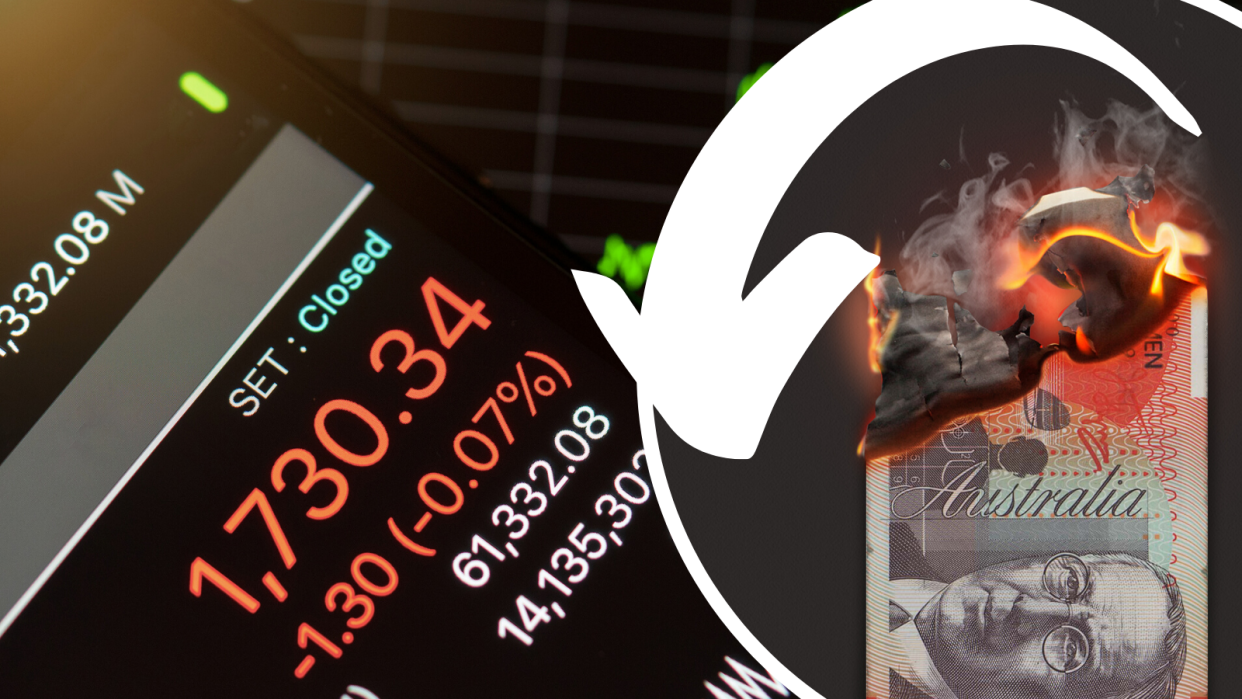UBS answers: How low will stocks go?

By its nature, the global COVID-19 pandemic has thrown up a number of challenges modern-day investors have never seen before.
For starters, it’s an external threat that’s created unprecedented shocks to both demand and supply, as opposed to a buildup of imbalances to the financial system.
That means a solution to the external threat could prompt a quicker return to activity. Conversely, if the health crisis isn’t nullified the ripple effect of those shocks will give rise to an extended contraction.
The dual outlook means investors are facing some difficult questions in the months ahead, and the global economics team at UBS attempted to answer some of them in a research report on Friday.
Probably the most prevalent question at the moment is; how far are stocks going to fall? The UBS analysts focused on the S&P500, but those moves are still relevant for local investors given index moves at the macro level are still tied closely with the US economy.
Also read: Cruise ship passengers’ ‘surprising’ response to coronavirus
Also read: It's time: Here are the stocks you should buy right now
To frame the outlook, UBS looked at the price/earnings ratio of the S&P500 as a whole during the financial crisis, which bottomed out at 9.1x in October 2008.
Based on UBS modelling, the P/E ratio of the S&P500 in February this year (just before the crash) was indicating valuations were less stretched than in 2007 (prior to the GFC).
In effect, the market was already beginning to reprice the outlook for future earnings. But in the wake of the pandemic, investors are now particularly bearish.
Typically in recessions or downturns, the S&P500 P/E ratio has fallen two to four times below the implied level calculated in the UBS model.
Right now it’s about five times lower, which implies “equities are expecting a very large cut to future earnings”.
“It is unlikely that the market will put in a firm bottom before it can handicap just how bad the growth and earnings decline is likely to be,” UBS said.
“However, if the lockdowns persist through June, and economic activity is disrupted through the autumn, global growth could fall further, with the hit to earnings around 45-50 per cent.”
If the crisis becomes more entrenched and earnings drop further, the analysts said to keep an eye out for 1,900-2,100 as a key support level for the S&P500.
For reference, 2,100 is another 16 per cent lower than where the S&P500 closed the week ended April 3.
While the earnings outlook is bleak, UBS said stimulus measures from the US Federal Reserve were helping to support valuations by providing liquidity to the market.
“Central banks have primed valuations. We need earnings visibility, not necessarily an earnings recovery, for the market to bottom,” UBS said.
For more articles like this, please visit us at Stockhead.com.auSubscribe now to stay ahead with the latest stock news and insights.
Make your money work with Yahoo Finance’s daily newsletter. Sign up here and stay on top of the latest money, news and tech news.
Follow Yahoo Finance Australia on Facebook, Twitter, Instagram and LinkedIn.

